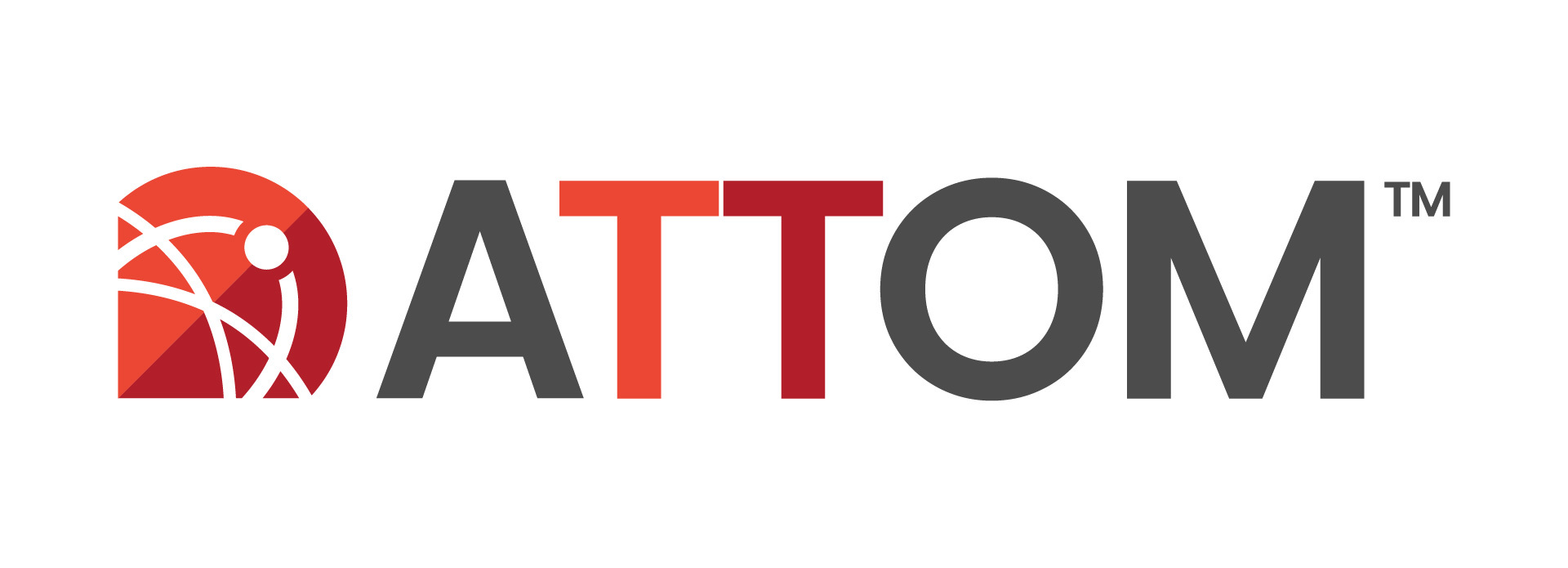The United States housing market witnessed a significant positive shift in the second quarter of 2025, as home equity rates experienced a notable rebound, signaling a healthier financial landscape for many property owners. A recent report revealed that an impressive 47.4 percent of all mortgaged residential properties across the nation were considered “equity-rich.” This means the combined estimated loan balances on these properties amounted to no more than half of their current estimated market value, underscoring a period of increased wealth accumulation for homeowners.
This upward trend represents a crucial reversal from recent market dynamics. In the first quarter of this year, the share of equity-rich homes stood at 46.2 percent. The latest figures break a three-quarter streak of declines, which followed a peak of 49.2 percent in the second quarter of 2024. This rebound provides a much-needed boost of confidence, suggesting a stabilization and potential strengthening in the overall real estate market after a period of contraction.
While the focus is largely on rising equity, the report also shed light on properties facing financial distress. In contrast, 2.7 percent of mortgaged residential properties were classified as “seriously underwater” during the second quarter. This designation applies when combined loan balances are at least 25 percent greater than the properties’ estimated market values. Although slightly down from 2.8 percent in the previous quarter, this figure remains higher than the 2.4 percent recorded in the second quarter of 2024, indicating persistent challenges for a segment of homeowners.
According to the CEO of ATTOM, the surge in equity-rich rates is a natural consequence of record-high home prices, allowing owners to realize more value from their properties. However, this positive development has not been uniformly distributed across the country. Some states, particularly those grappling with specific economic pressures, continue to see a concerning number of homeowners with loan balances exceeding their home’s worth, highlighting regional disparities in the housing trends.
Analysis of state-level data revealed distinct patterns in equity growth. Quarter-over-quarter, 37 states and the District of Columbia saw an increase in their share of equity-rich homes. Notably, 19 states boasted higher equity-rich rates in Q2 2025 compared to the same period last year. States experiencing the largest annual increases included Idaho (up from 45.5 percent to 49.4 percent), South Carolina (up from 50 percent to 53.6 percent), and New Mexico (up from 31 percent to 33.7 percent), among others, showcasing robust regional gains in property data.
Conversely, certain regions experienced a decline in their proportion of equity-rich homes on an annual basis. States like Utah (down from 56 percent to 48.5 percent), Arizona (down from 53.9 percent to 48.6 percent), and Colorado (down from 47.9 percent to 43.3 percent) registered the most significant drops. These areas, despite the national rebound, faced headwinds that impacted homeowners’ equity positions, indicating localized mortgage trends that diverge from the national average.
At a granular level, several states and metropolitan areas demonstrated exceptional strength in home equity. California, with an impressive 84.9 percent, led the nation in the proportion of equity-rich homes, followed closely by Hawaii (60.3 percent) and Washington (60.3 percent). Major metropolitan areas such as San Jose, CA (68.4 percent), Los Angeles, CA (63.4 percent), and San Diego, CA (62.5 percent) also showcased remarkable concentrations of equity-rich properties, emphasizing the strength of the real estate market in these key economic hubs.
The report also detailed areas with the lowest proportions of equity-rich homes. Louisiana registered the smallest share at 18 percent, followed by Illinois (30.2 percent) and West Virginia (32.7 percent). Similarly, metropolitan areas like Baton Rouge, LA (16.2 percent), and Chicago, IL (22.4 percent) had the smallest shares of equity-rich homes, indicative of areas where the recovery in home equity and overall housing trends are progressing at a slower pace. These regions also showed higher concentrations of seriously underwater properties.
Beyond the headline figures, ATTOM’s updated methodology provides a clearer picture of traditional consumer home purchase and loan activity, excluding investor-driven jumbo loans that previously skewed loan-to-value ratios. This refinement ensures that the reported mortgage trends accurately reflect the equity positions of individual homeowners. The insights from this comprehensive property data are invaluable for decision-makers across various industries, from real estate and mortgage to insurance and government, enabling smarter strategic planning in a dynamic housing market.






Leave a Reply